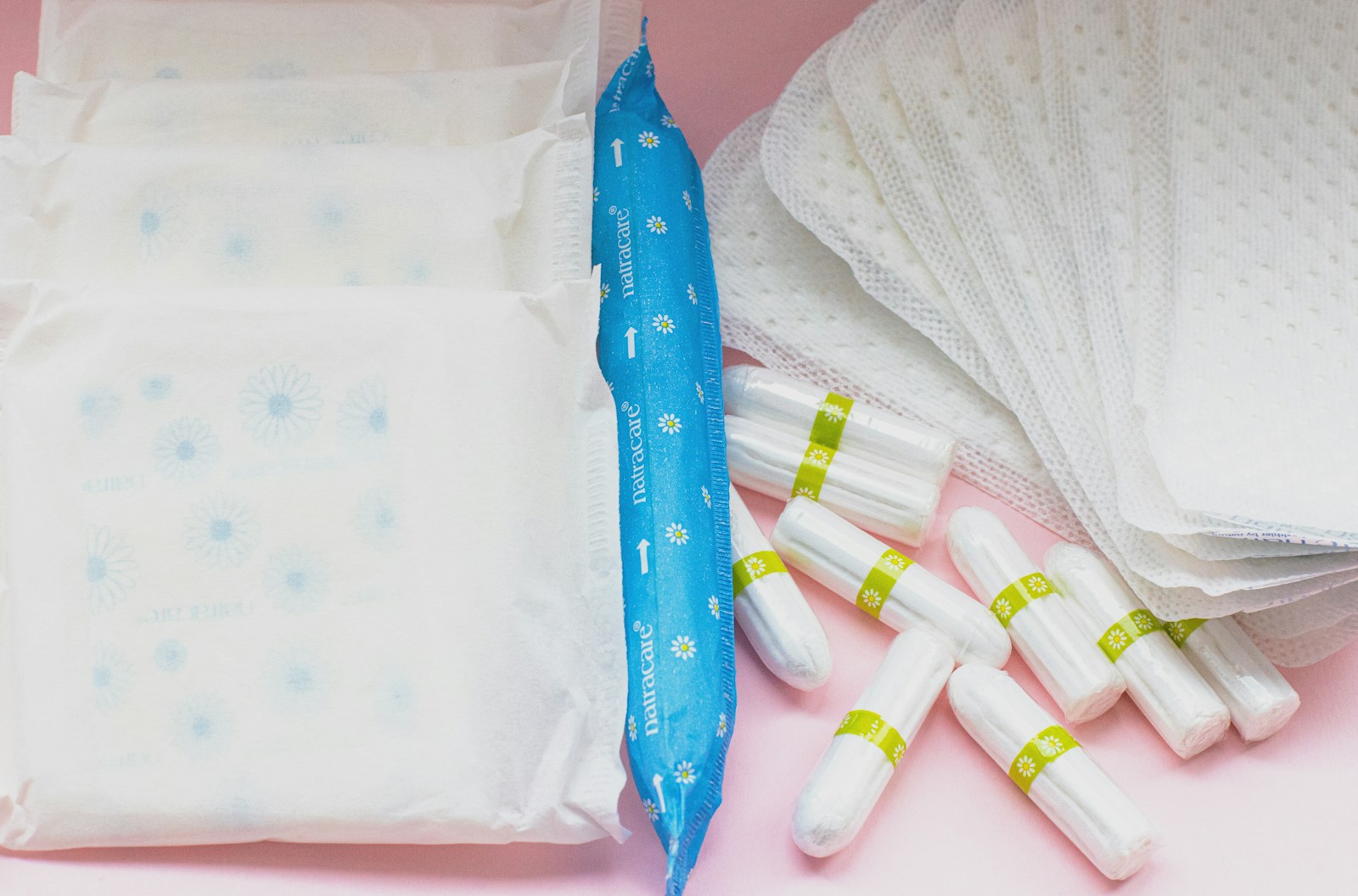Table of Contents
ToggleHidden Dangers in Scented Period Products
Tampons, pads, and other menstrual care products are often marketed with enticing scents. However, these fragrances can mask a hidden danger: volatile organic compounds (VOCs). VOCs are chemicals that can evaporate into the air and leach into the skin, posing serious health risks like cancer, skin irritation, and organ damage.
The research is clear: scented period products often contain harmful chemicals that are not fully understood. While research is ongoing, the potential long-term health consequences of exposure to these chemicals are concerning.
Who’s Most at Risk?
Unfortunately, the risks of exposure to harmful chemicals in scented period products are not equally distributed. A recent study found that older individuals, those with lower levels of education, and Black women are more likely to use these potentially dangerous products.
Several factors contribute to this disparity:
- Marketing: Scented products are often heavily marketed towards specific demographics, including Black communities. These products are often associated with messages of “cleanliness” and “freshness,” playing into racialized stigmas about body odor and uncleanliness.
- Family culture: Menstrual hygiene practices are often passed down through generations. If your family uses scented products, you are more likely to do so as well.
- Lack of awareness: Younger generations may be more aware of the harmful chemicals in menstrual products and opt for unscented options.
Breaking the Cycle: What You Can Do
Here are some ways you can reduce your exposure to harmful chemicals in scented period products:
- Choose unscented products: This is the most effective way to avoid exposure to VOCs.
- Talk to your doctor: Gynecologists are a trusted source of health information. Talk to your doctor about the risks of scented period products and get their recommendations.
- Support organizations: Groups like Black Women for Wellness are working to educate communities about the dangers of scented period products and promote safer alternatives.
- Advocate for regulation: The FDA should implement stricter regulations on period care products, including requiring companies to disclose all ingredients.
Menstruation should not be a source of health risks. By raising awareness and advocating for change, we can create a safer environment for everyone during their periods.
This article is just a starting point for the conversation about scented period products and their potential health risks. Let’s continue to research, educate, and advocate for safer and healthier menstrual care options for everyone.







